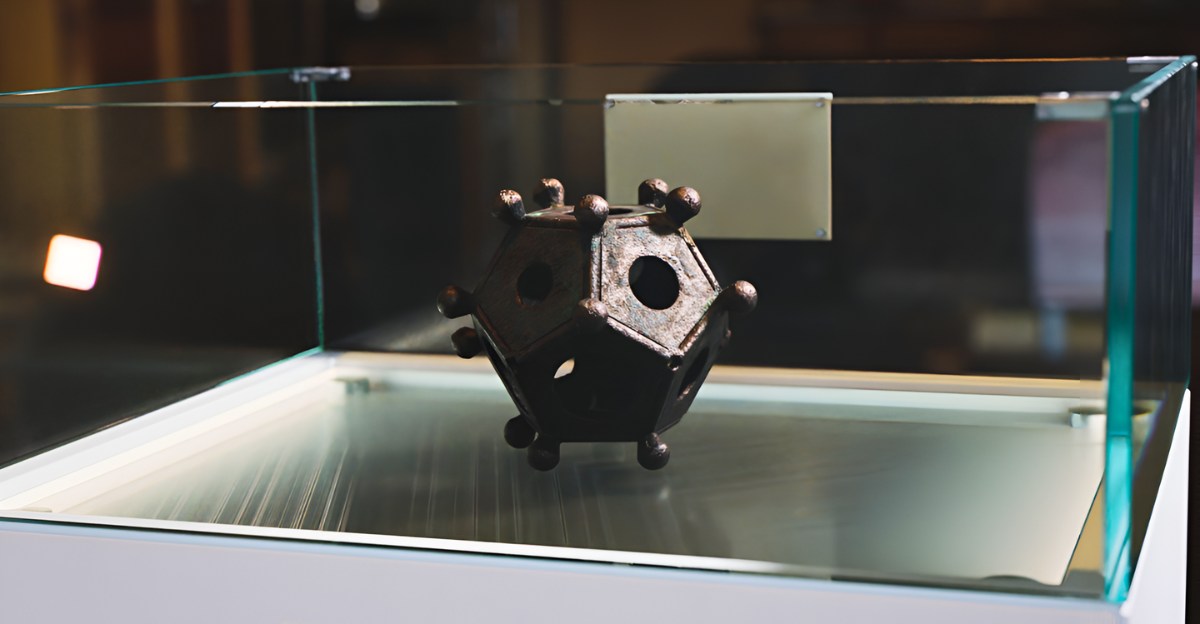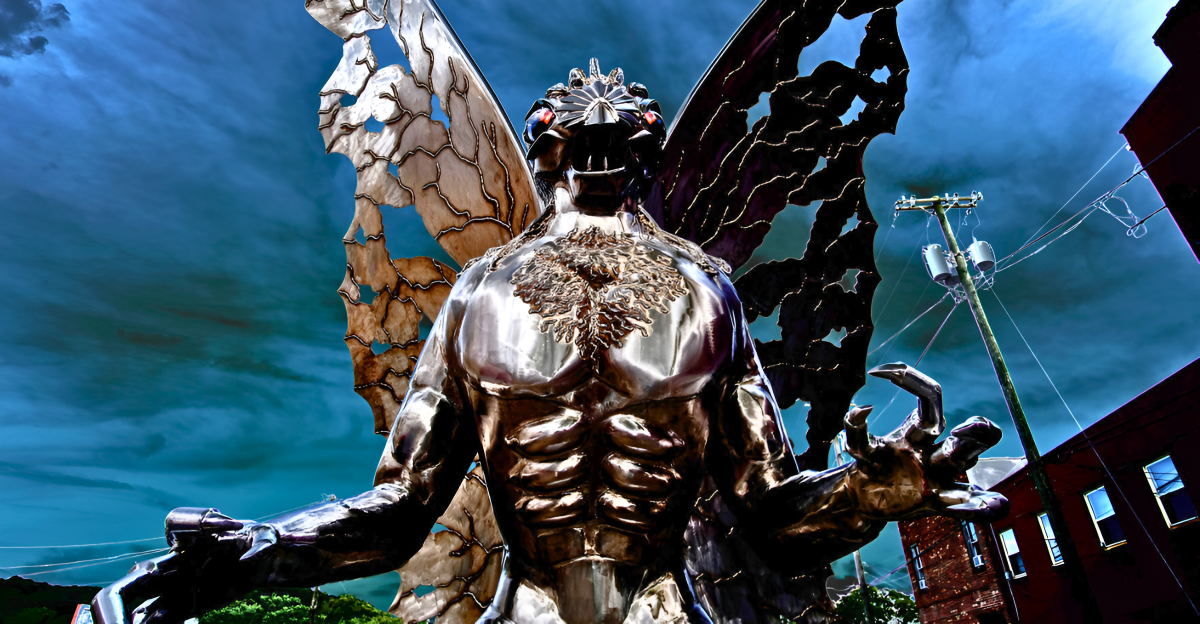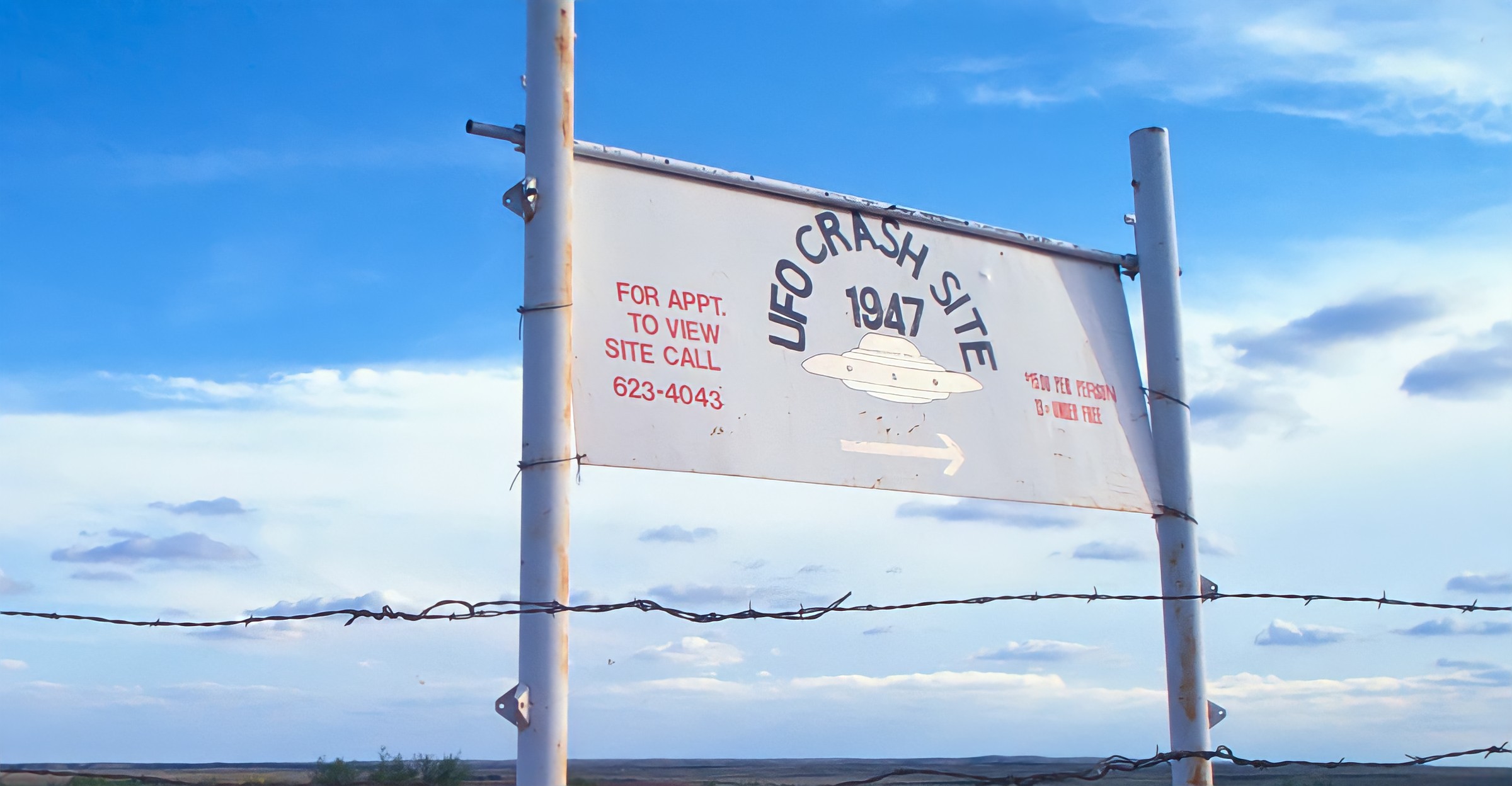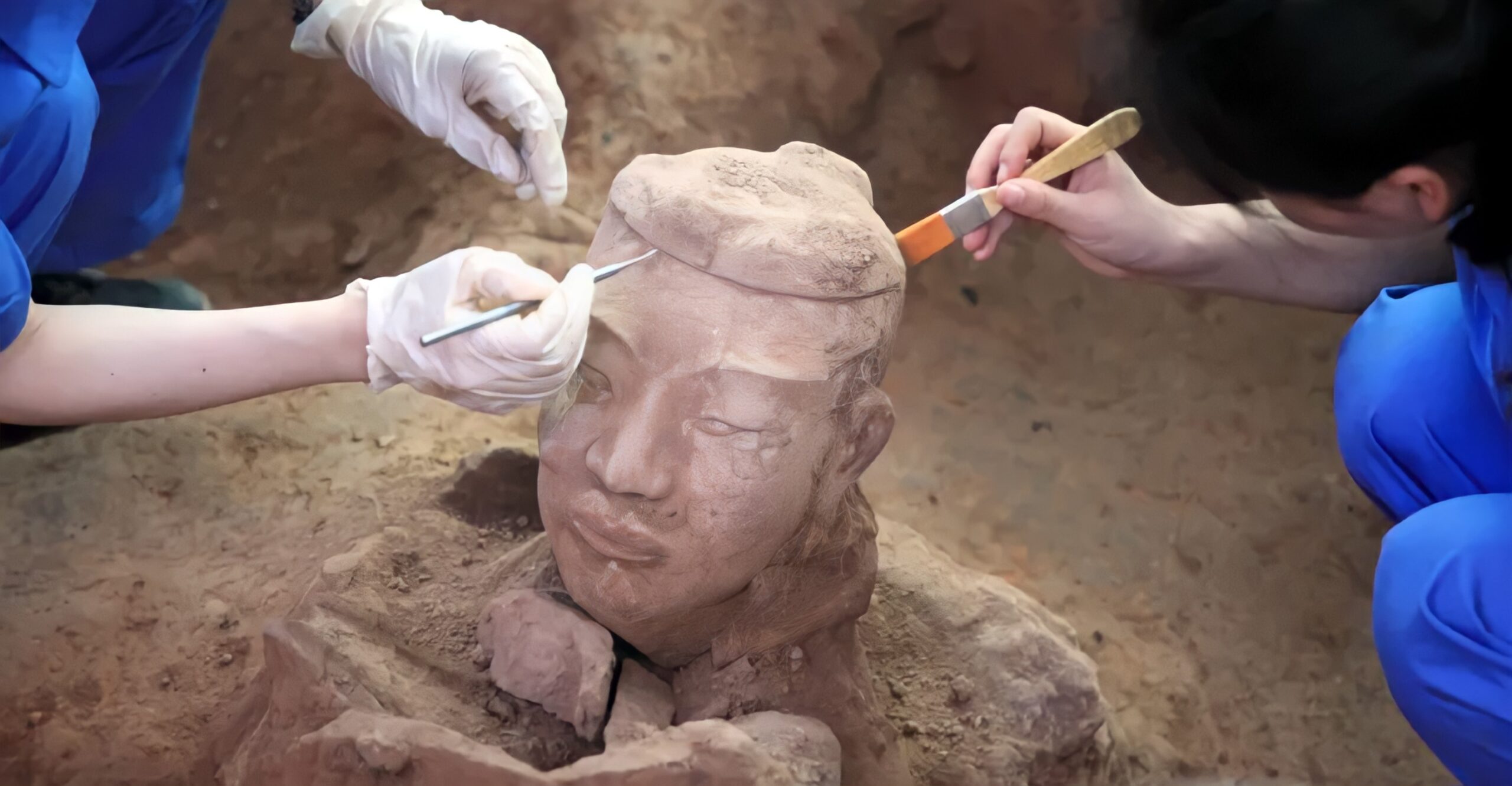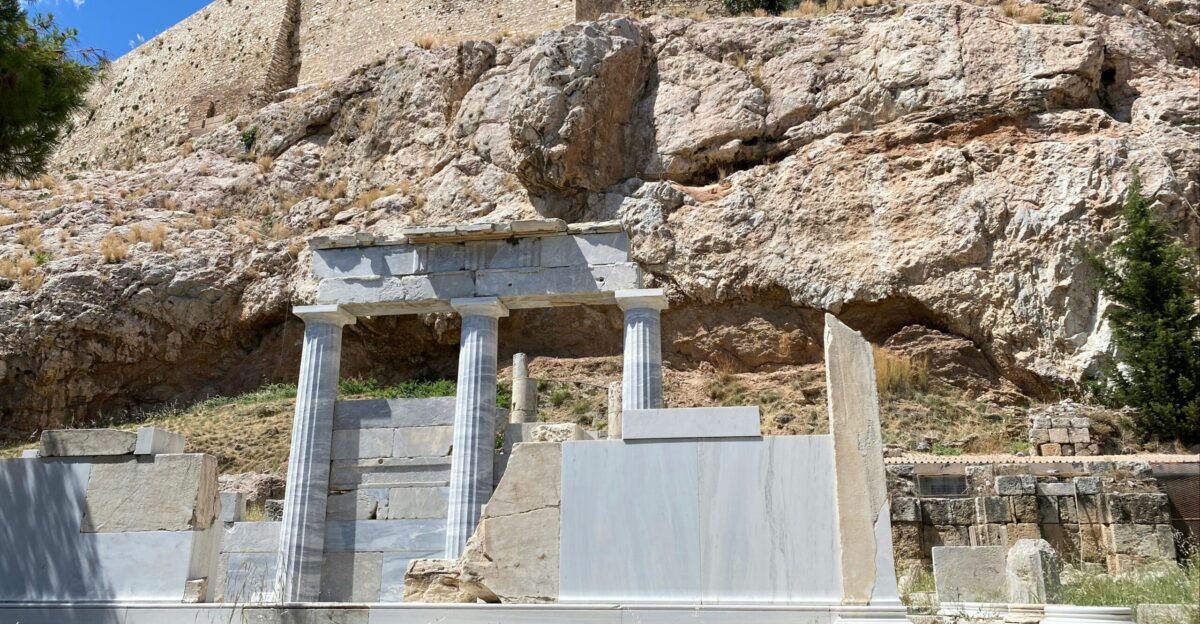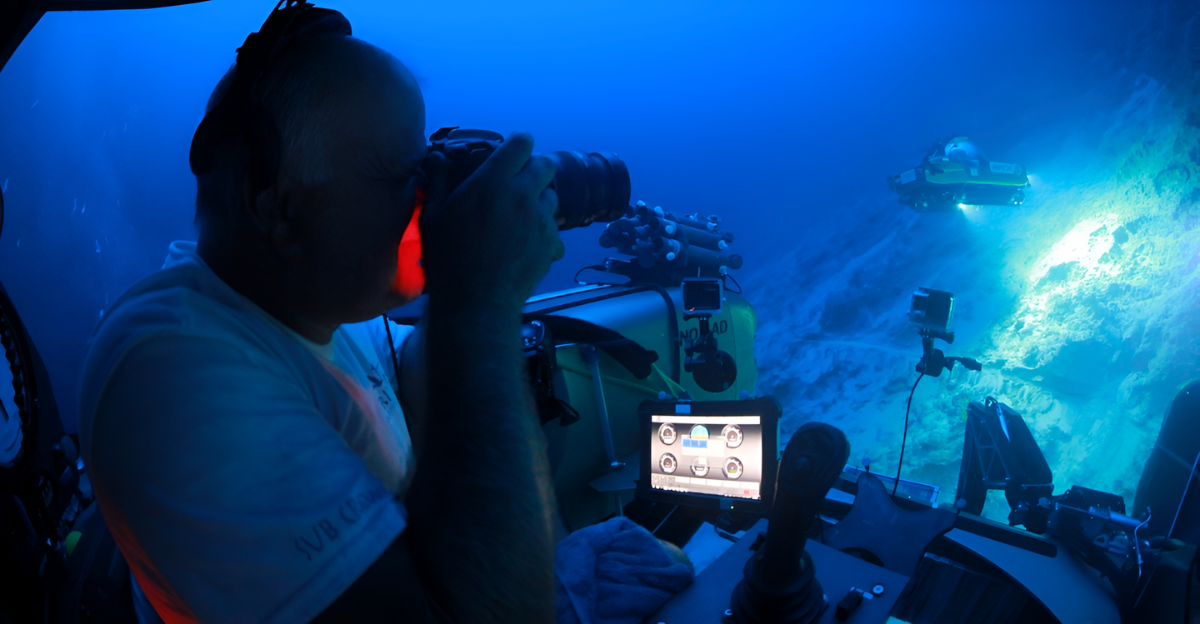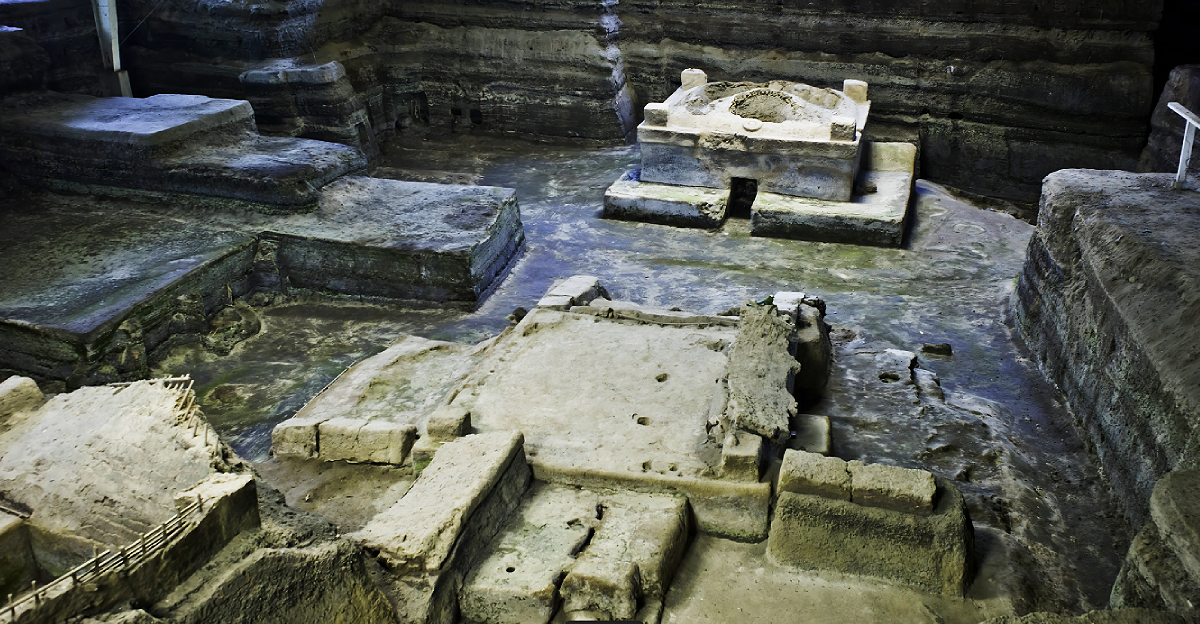
Buried beneath up to 20 feet of ash for over 1,400 years, a small farming village in El Salvador has revealed one of the most important archaeological discoveries in the Americas.
Dubbed the “Pompeii of the Americas,” the site of Joya de Cerén gives a clear picture of everyday life among the ancient Maya. But how did it survive? And what can it tell us about the mysterious collapse of an entire civilization?
Before Columbus, Great Cities Stood Tall

Long before European arrival, Mesoamerica was home to thriving civilizations with cities that matched the complexity and population of those in Europe. The Aztecs had Tenochtitlan, a floating metropolis of canals and palaces.
The Maya built city-states across what is now Mexico, Belize, Guatemala, and El Salvador, full of observatories, temples, and farmland. These weren’t primitive villages; they were advanced urban societies.
Then Came the Silence
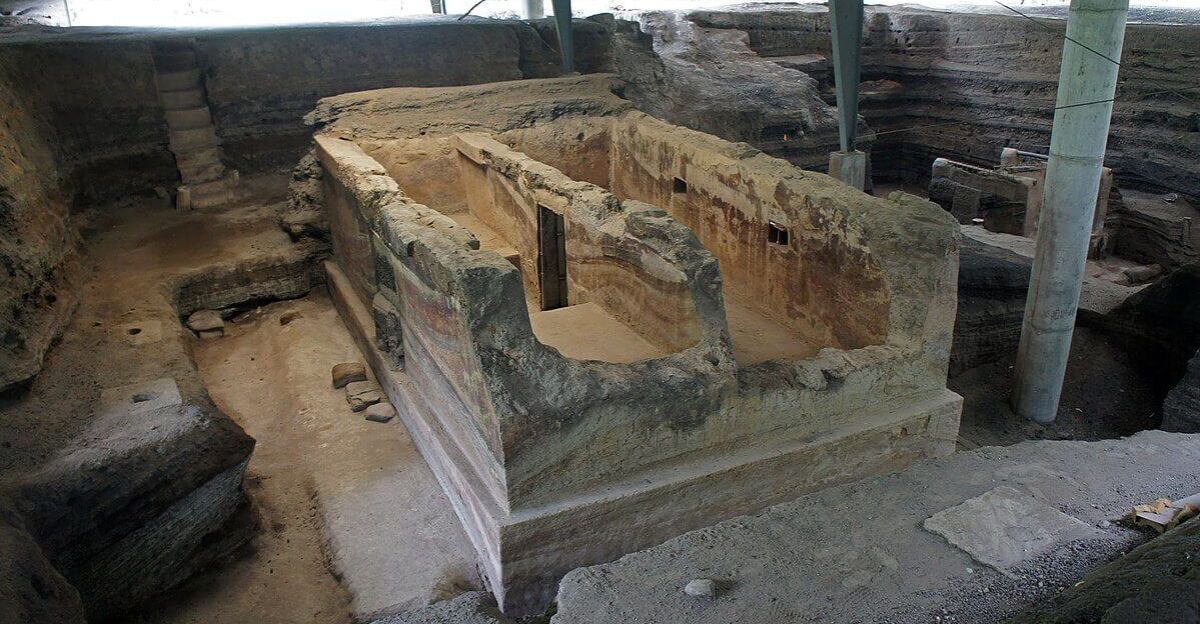
By the time Columbus arrived in 1492, many Maya cities had already been abandoned. Scholars have long debated the causes: warfare, drought, environmental collapse, or a combination.
What’s been missing is solid evidence of how everyday life looked during the decline. That changed when archaeological investigations began at a site buried under volcanic ash near San Salvador.
Joya de Cerén: A Village Frozen in Time

Archaeological excavations revealed an ancient Maya farming village almost perfectly preserved by the eruption of the Loma Caldera volcano around AD 590-600.
Unlike elite tombs or ruined temples, Joya de Cerén gave researchers something rare: a window into how regular Maya people actually lived.
Life Before the Blast

This was not a royal city or a sacred site. It was a working community. Farmers here grew maize, beans, and guava.
Families shared tools. They cooked together, worshiped together, and gathered in communal buildings. Nothing suggests they knew the volcano was about to bury their world forever.
Volcano Preserves What Time Cannot

When Loma Caldera erupted, thick ash blanketed the village within hours. Unlike rain or soil, ash doesn’t degrade what it covers.
Buildings made from clay and thatch, tools, food stores, and even garden plots were sealed off from the elements. The result is an archaeological time capsule, unmatched anywhere in Mesoamerica.
Multiple Structures, Still Standing

Archaeologists have uncovered numerous buildings at the site, with excavations revealing at least 70 structures.
These include homes, kitchens, workshops, storage sheds, and a sweat lodge for hygiene and ritual. Despite being over 1,400 years old, the structures are so well-preserved that you can still see post holes, sleeping mats, and even utensils in place.
The Mysterious Structure 10

Among the most impressive finds is Structure 10, a multi-room building with long corridors that likely served ceremonial or administrative functions.
Its layout hints at social organization and local governance. This wasn’t just a village: it had systems, roles, and rules. Structure 10 may have been the town hall or a local temple, underscoring the complexity of Maya daily life.
Crops That Still Feed a Region

emnants of food found at the site include maize, cacao, agave, beans, and guava. These staples still play a major role in Central American cuisine today.
The preserved stores confirm that the people of Joya de Cerén were self-sufficient, well-adapted to their environment, and engaged in agriculture that would endure long past their time.
How It Helps Decode the Collapse

A single event didn’t cause the Maya collapse, but Joya de Cerén offers crucial insight into one piece of the puzzle: the lives of rural, non-elite Maya.
It shows that ordinary people lived in stable, resourceful communities. That stability makes the civilization-wide collapse even more puzzling, pushing researchers to reconsider earlier assumptions.
Daily Life, Frozen Mid-Task

Unlike Pompeii where people were found frozen mid-run, at Joya de Cerén the residents had time to evacuate, no human bodies have been found at the site.
However, tools were left beside pots, half-cooked meals sat in kitchens, and gardens were still mid-harvest.
This preservation allows archaeologists to reconstruct routines: how people cooked, stored goods, built houses, and organized their daily lives. It’s not just ruins, it’s a moment frozen in motion.
Visiting the Site Today

Joya de Cerén is open to the public, located in the Zapotitán Valley near San Salvador. The site, designated a UNESCO World Heritage Site in 1993, features interpretive signs, walking paths, and guided tours.
Visitors can look directly into ancient homes and see how families lived 1,400 years ago. It’s one of the few places where the ancient world feels truly present.
Should You Go With a Guide?

While El Salvador’s security has improved, non-Spanish speakers are encouraged to take a guide. Guided tours offer deeper context on Maya history, agricultural practices, and the latest discoveries still being made on-site. Contact local tour operators for current pricing and availability.
Why It Still Matters

Archaeological finds like Joya de Cerén are rare. Most ancient villages were built with perishable materials or destroyed by war, colonization, or time.
This site survived purely by chance. Its value lies in what it tells us, not just about the Maya, but about how small communities adapt, survive, and organize. It gives voice to people history often forgets.
The Past Still Has More to Say

Researchers continue to study Joya de Cerén, uncovering new clues about agriculture, climate, and religion.
The site shows that the collapse of the Maya was not due to a lack of sophistication. If anything, it was a civilization full of resilience and complexity. Joya de Cerén reminds us that even the quietest places may hold the loudest truths.

